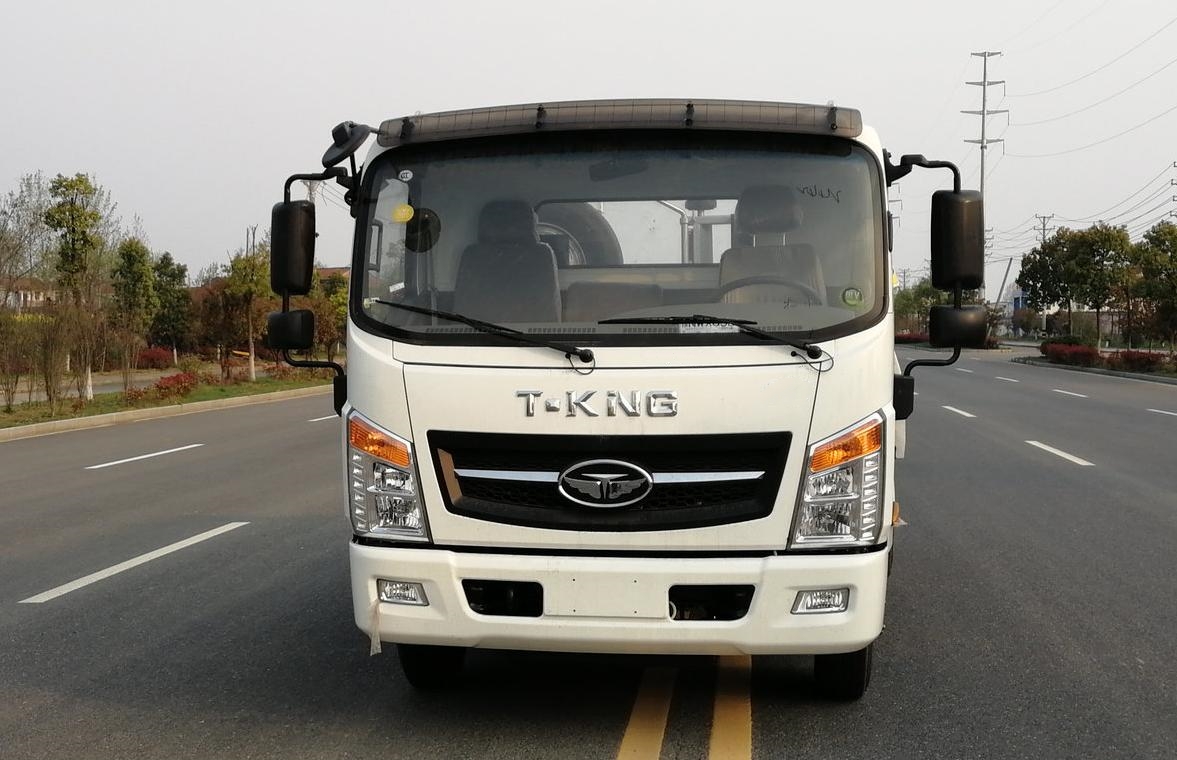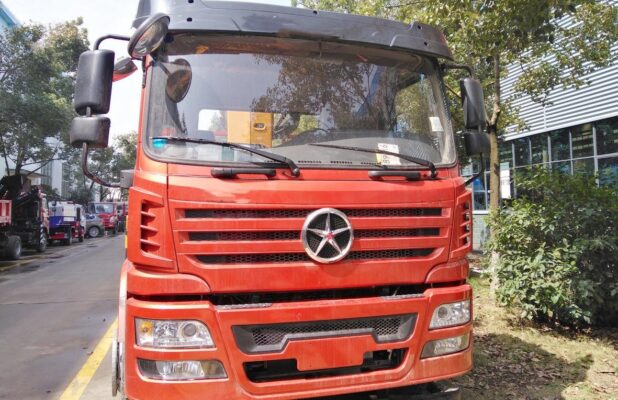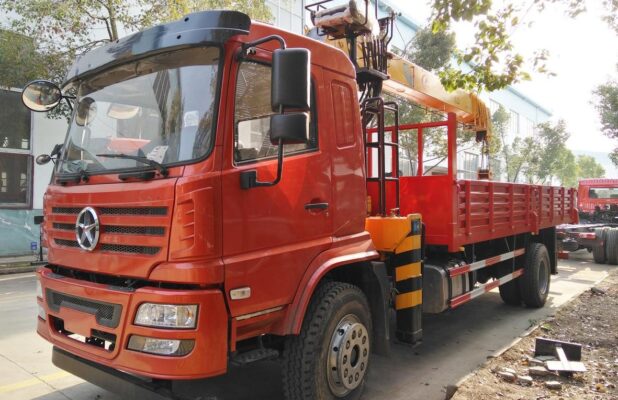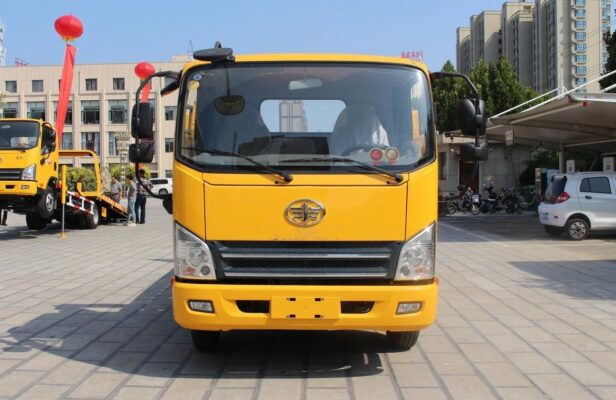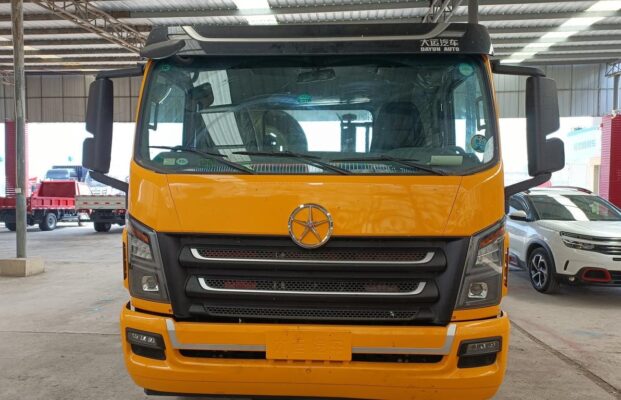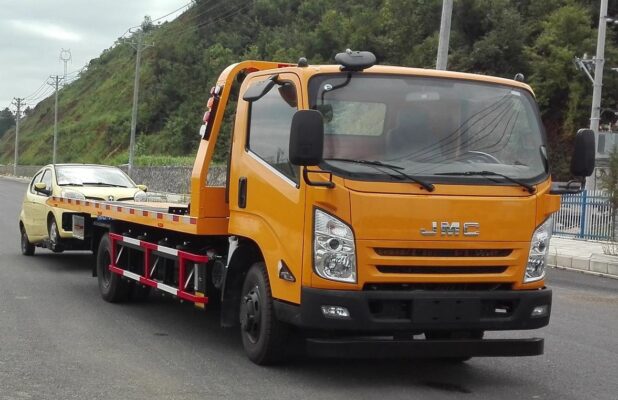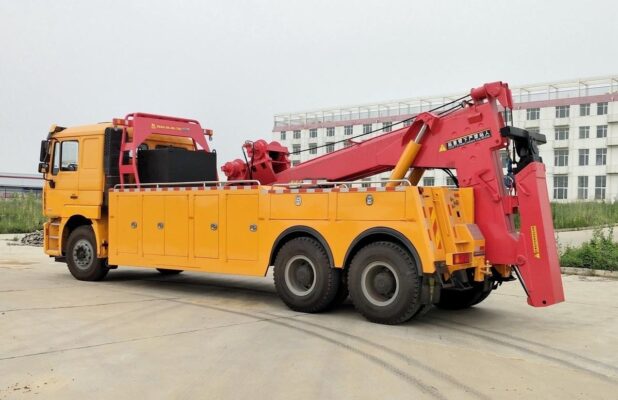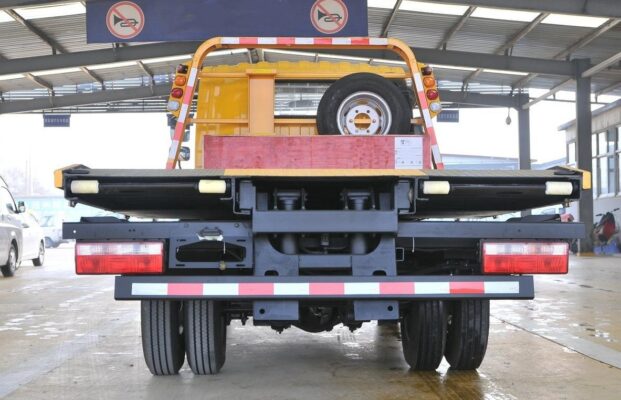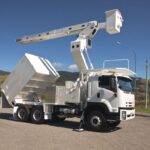Electric hanging baskets, also known as suspended working platforms, are commonly used in construction for tasks performed at height, such as façade work, window installation, and painting. While highly effective, these platforms require meticulous planning, supervision, and daily management to ensure the safety of workers. This document provides a comprehensive overview of safety precautions for using electric hanging baskets, covering planning, equipment control, installation, operator training, daily maintenance, and dismantling.
I. Planning and Design
A thorough, customized construction plan is essential for the safe and effective use of electric hanging baskets. This plan should outline each aspect of basket use, from initial equipment selection to dismantling, and it must receive departmental approvals to ensure all safety requirements are met. Key areas in planning and design include:
- Comprehensive Planning and Specifications:
Each plan must specify equipment configurations, installation methods, operational guidelines, safety protocols, and dismantling steps. Clear, detailed instructions help prevent misunderstandings or unsafe practices. Avoid vague language; instead, tailor the plan to the specific project and ensure it is carefully reviewed and approved by all relevant departments. - Selection of Equipment:
The selected hanging basket should be appropriate for the work environment, providing adequate reach and stability to cover the entire workspace. The design should eliminate gaps, ensuring that workers have safe access to all areas without taking unnecessary risks. A well-chosen basket reduces the likelihood of accidents, such as workers attempting dangerous maneuvers to reach areas beyond their reach. - Customized Safety Plan:
Each project should have a safety plan unique to its requirements, considering the height of the work, potential weather conditions, and specific safety hazards. The safety plan should also include a strategy for handling unforeseen emergencies, like extreme weather or sudden equipment malfunctions.
Through thorough, customized planning, electric hanging baskets can be used safely and effectively, enhancing both productivity and worker safety.
II. Control of Equipment Entry
Ensuring that the equipment entering the site aligns with the approved plan is critical. This stage involves a rigorous inspection process to confirm that all equipment components are present, correctly matched, and fully functional. The control of equipment entry includes:
- Verification of Equipment Compatibility:
Every piece of equipment brought onto the site should match the specifications outlined in the plan. Verify that all parts are accounted for and are genuine, without substitutions or missing components. Mismatched baskets or lower-quality parts can compromise safety and should not be used. - Detailed Equipment Inspection:
Carefully inspect each component for any signs of wear, damage, or poor quality. The entry inspection should verify the structural integrity of all elements, including the frame, motor, cables, safety locks, and control systems. - Compliance with Safety Standards:
All equipment must meet applicable safety standards, and any part that does not comply should be rejected. Ensuring conformity with industry standards guarantees that the equipment is reliable and safe for operation in high-risk environments. - Proper Documentation:
Maintain a record of each piece of equipment brought onto the site, noting its condition, compatibility, and any deficiencies. This documentation can be essential for follow-up inspections and future audits.
By enforcing strict control of equipment entry, potential hazards due to incompatible or substandard equipment are minimized, contributing to a safer work environment.
III. Supervision of Installation
Electric hanging baskets are generally delivered disassembled, and proper supervision during assembly and installation is vital to ensure each component is securely fixed according to the plan. Key supervisory actions during installation include:
- Strict Assembly Oversight:
Monitor the entire assembly process closely to ensure each part is installed according to the manufacturer’s specifications and project plan. Any shortcuts or incorrect installations can lead to malfunctions or safety hazards during use. - Secure Positioning:
The baskets should be securely installed in their designated positions, with appropriate anchoring systems and counterweights. Each installation must consider both stability and ease of access for maintenance and daily operation. - Compliance with Project Specifications:
Ensure that the assembled baskets align with the design plan. Each platform must have the necessary safety features, such as safety locks and guardrails, installed correctly. - Coordination with Safety Inspectors:
Work closely with safety inspectors during installation to verify that all safety guidelines are being met. Inspectors should confirm the placement of safety ropes, emergency controls, and all necessary components.
Through attentive supervision during installation, construction sites can significantly reduce the risk of accidents related to faulty assembly or unsecured equipment.
IV. Mandatory Inspection of Installed Equipment
Once installation is complete, an inspection is mandatory before the baskets are put into use. This inspection should be a collaborative process involving the basket supplier, technical staff, production staff, and operators. Elements of this inspection include:
- Comprehensive Component Inspection:
Inspect the assembled baskets for proper positioning, secure assembly, and fully functional safety equipment. Check each component, including weights, safety ropes, safety locks, and electrical systems, to ensure that everything operates correctly. - Stage-wise Inspection for Large Quantities:
For projects requiring multiple hanging baskets, inspections should be conducted in stages to ensure thoroughness. Document each inspection stage and address any issues that arise. No basket should be used until it has passed inspection. - Issue Resolution:
If any issues are found, address them immediately. Only allow the basket to be used after verified repairs and re-inspection. Keeping a log of repairs ensures that all issues are addressed systematically. - Documentation and Approval:
Each inspection should be documented, with approvals from all relevant parties. Maintaining these records is critical for accountability and can be useful in the event of an accident or equipment malfunction.
A rigorous inspection process helps to catch and correct issues before equipment is put into use, improving safety and ensuring compliance with project requirements.
V. Training for Operators
Operators play a pivotal role in the safe use of electric hanging baskets. Providing comprehensive training for operators not only enhances their ability to use the equipment effectively but also instills a sense of responsibility regarding safety protocols. Key training elements include:
- Selection of Qualified Operators:
Choose operators with experience in handling suspended platforms and prioritize those who demonstrate a strong commitment to safety. Operators must be physically fit, alert, and capable of following detailed safety protocols. - Comprehensive Training Program:
Training should cover all aspects of basket operation, from basic handling and control system use to emergency response. Emphasize the importance of following operational guidelines, maintaining balance within the basket, and avoiding risky behaviors, such as leaning over the edge or swinging the platform. - Emergency Response and Safety Awareness:
Operators should know how to respond in emergencies, including sudden weather changes or equipment malfunctions. This training should enhance safety awareness, helping operators recognize potentially hazardous situations and take appropriate action. - Prohibition of Hazardous Behaviors:
Remind operators never to throw objects from the basket, as falling items can injure those below. Reinforce the importance of clear communication and cautious behavior while working at height.
Trained operators are more likely to use the equipment responsibly, reducing the risk of accidents and creating a safer work environment.
VI. Daily Management and Maintenance
Daily management of electric hanging baskets ensures that safety protocols are maintained consistently. Effective management includes clear identification, record-keeping, routine checks, and safety measures. Daily management practices should encompass:
- Identification and Record-Keeping:
Clearly number each basket and maintain a log of personnel assigned to each one. Stability in personnel assignments promotes accountability and familiarity with specific equipment. Create a layout map indicating each basket’s position and assigned operator. - Routine Inspections:
Assign an electrician to check the electrical system of each basket daily before use. A safety inspector should also verify the stability of weights, condition of ropes, and functionality of safety locks. These checks are essential to identify potential issues before operation. - Safety Measures for Personnel and Equipment:
Personnel should wear hard hats and secure safety harnesses properly. Ensure authorized personnel are present during operation, and set up closed-off areas around work sites to prevent unauthorized access. Cross-functional tasks may require additional supervision to prevent accidents. - Operational Restrictions:
Prohibit the use of baskets in winds of level 5 or above. Repair staff should be present on-site, and any malfunctioning baskets should be removed from use immediately. After each shift, ensure that baskets are left above the first-level safety net to prevent accidental falls or misuse.
Effective daily management ensures that each basket remains in optimal condition, reducing the risk of accidents due to equipment malfunction or improper handling.
VII. Dismantling and Removal of Hanging Baskets
The dismantling and removal of hanging baskets is the final phase of basket use on a project. This stage requires a systematic approach to prevent accidents and protect finished work. Dismantling procedures include:
- Pre-Dismantling Inspection:
Conduct a quality inspection of the project area to confirm that all work is complete. Planning the dismantling sequence, transport methods, disassembly site, and personnel assignments in advance helps streamline the process. - Safety Briefing for Dismantling Personnel:
Provide a briefing to all personnel involved in the dismantling process, covering potential hazards and safety measures. Ensure that everyone understands their role and the sequence of actions to minimize confusion. - Height Risk Management:
Extra caution is required when working at height to dismantle suspended structures. Workers should secure themselves with safety harnesses, and tools or disassembled parts should be carefully lowered using secure methods, such as external elevators. Avoid overloading baskets or damaging items during disassembly. - Protection of Finished Work:
Take precautions to protect completed work areas from accidental damage during dismantling. This might involve using protective coverings or restricting movement in certain areas.
Through systematic dismantling, projects can ensure safety even as they complete the final stages, preventing unnecessary damage or injuries.
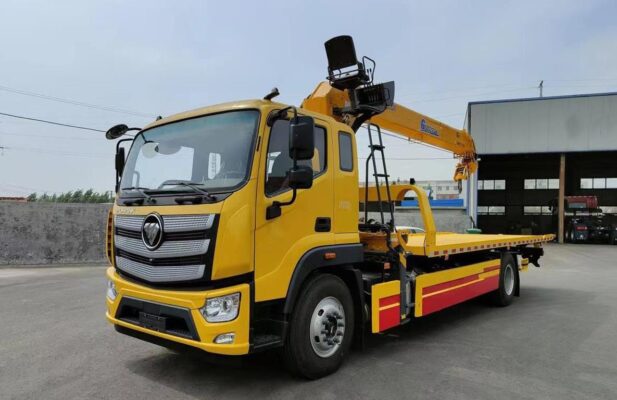
In summary, the safe use of electric hanging baskets in construction requires thorough planning, controlled equipment entry, attentive supervision during installation, mandatory inspection, operator training, diligent daily management, and cautious dismantling. By following these comprehensive safety precautions, construction sites can effectively mitigate the risks associated with working at height, creating a safer environment for all workers involved.

